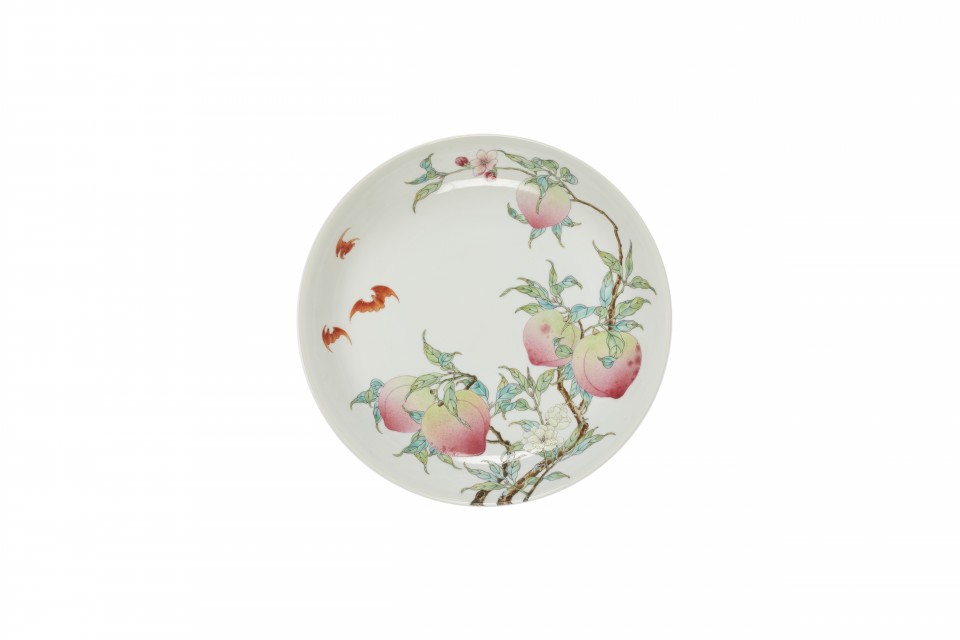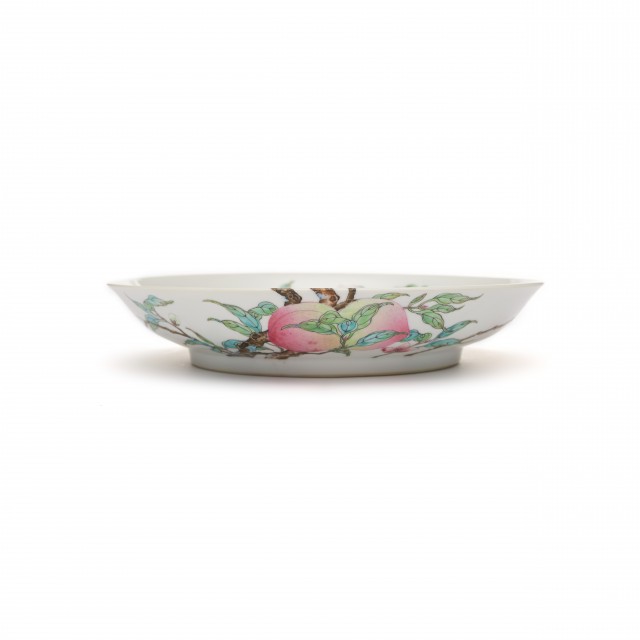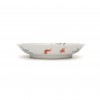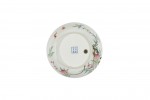
Dish

Photography by Synthescape, Digital image © Asia Society

Photography by Synthescape, Digital image © Asia Society

Photography by Synthescape, Digital image © Asia Society

Photography by Synthescape, Digital image © Asia Society
Dish
Yongzheng era, 1723-1735
China, Jiangxi Province
Porcelain painted with overglaze enamels (Jingdezhen ware)
H. 1 1/2 x Diam. 8 1/8 in. (3.8 x 20.6 cm)
Asia Society, New York: Mr. and Mrs. John D. Rockefeller 3rd Collection, 1979.188
Licensing inquiries
An important element in Qing-period painted porcelains is the addition of shades of pink to the overglaze enamel palette. An opaque white derived from a lead arsenite and a pale pink were among the last opaque overglaze enamels to be developed, possibly because they are very difficult to manufacture. The pink overglaze enamels were tinted with colloidal gold (fine fragments of metal in suspension in the enamel). The range of colors used to paint this dish dating to the reign of the Yongzheng emperor illustrates the famille rose palette. 17th- and 18th-century Western fascination with the beautiful shapes, refined bodies, sophisticated colors, and elegant painting that characterize Qing-period porcelains led to the development of a series of French terms to classify these wares. Images of five bats and eight peaches embellish the dish and flow from the exterior to the interior.




